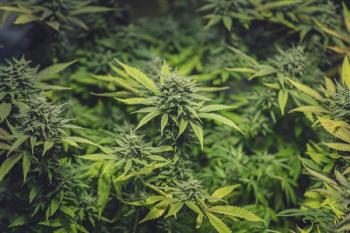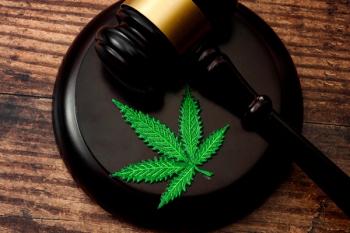
Examining the Impact of CBD on Plasma Endocannabinoid Levels
Research examines how cannabidiol impacts plasma endocannabinoid when consumed along with delta-9-tetrahydrocannabinol.
Although cannabidiol (CBD) is used for a wide variety of applications, much remains under-researched including how CBD and delta-9-tetrahydrocannabinol (THC) work together with the endocannabinoid system. A new study1 examines the effect that varying levels of CBD with a set level of THC have on the plasma levels of endocannabinoids in healthy adults.
The investigators recruited healthy volunteers who underwent 4 sessions. At each session they were given a dose of vapor that included 10 mg of THC and a varying dose of CBD: 0 mg, 10 mg, 20 mg, or 30 mg. Participants were aged 21 to 50 years; had used cannabis at least once; were not taking any medication, except contraceptives; and had no psychiatric or medical history.
At each study visit, participants underwent testing to ensure they had abstained from using illicit drugs, alcohol, tobacco, or vaping. An intravenous cannula was used to draw a baseline blood sample 30 minutes before drug administration. The preparation was put into a covered balloon to prevent loss of cannabinoids and was filled twice during each visit. Blood was then drawn immediately after the final inhalation and then at 5 minutes, 15 minutes, and 90 minutes postinhalation.
They found that the inhalation of the THC led to acute increases in plasma concentrations of anandamide (+18.0%, 0.042 ng/mL [95%CI: 0.023–0.062]), and the noncannabinoid ethanolamides, docosatetraenylethanolamide (DEA; +35.8%, 0.012 ng/mL [95%CI: 0.008–0.016]), oleoylethanolamide (+16.1%, 0.184 ng/mL [95% CI: 0.076-0.293]), and N-arachidonoyl-L-serine (+25.1%, 0.011 ng/mL [95% CI: 0.004-0.017]) (P < .05). However, CBD did not show any significant effect on the plasma concentration of anandamide, 2-AG or related noncannabinoid lipids at any dose used. Over the 4 sessions, there was a progressive decrease in preinhalation concentrations of anandamide from 254 ng/mL (95% CI: 0.223-0.286) to 0.194 ng/mL (95% CI: 0.163-0.226) and of DEA from 0.039 ng/mL (95% CI: 0.032-0.045) to 0.027 ng/mL (95% CI: 0.020-0.034) (P < .05).
The investigators hypothesized that the lack of evidence that CBD influenced the studied endocannabinoids could be a result “that either the doses of CBD were too low to have measurable influence and/or CBD affected central but not peripheral endocannabinoids.”
Reference
1. Chester LA, Englund A, Chesney E, et al. Effects of cannabidiol and delta-9-tetrahydrocannabinol on plasma endocannabinoid levels in healthy volunteers: a randomized double-blind four-arm crossover study. Cannabis Cannabinoid Res. Published online December 9, 2022. doi:10.1089/can.2022.0174.
Newsletter
Pharmacy practice is always changing. Stay ahead of the curve with the Drug Topics newsletter and get the latest drug information, industry trends, and patient care tips.





























































































































